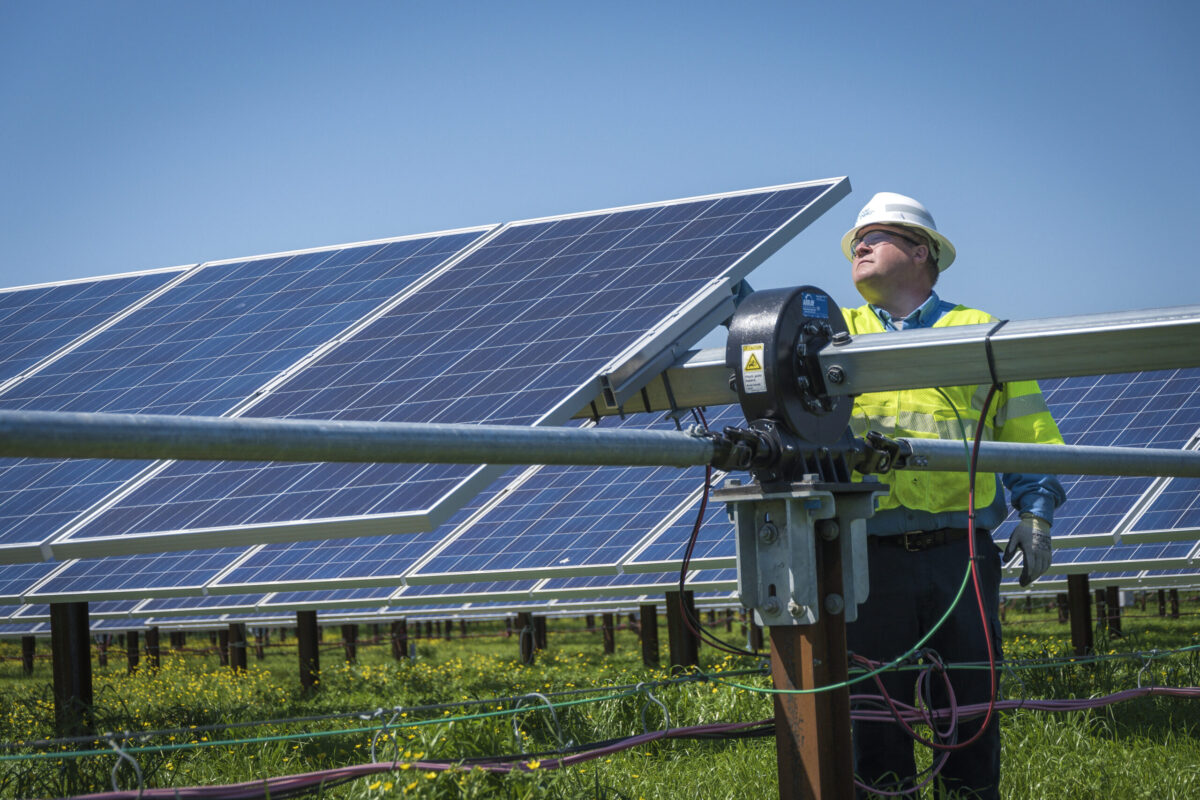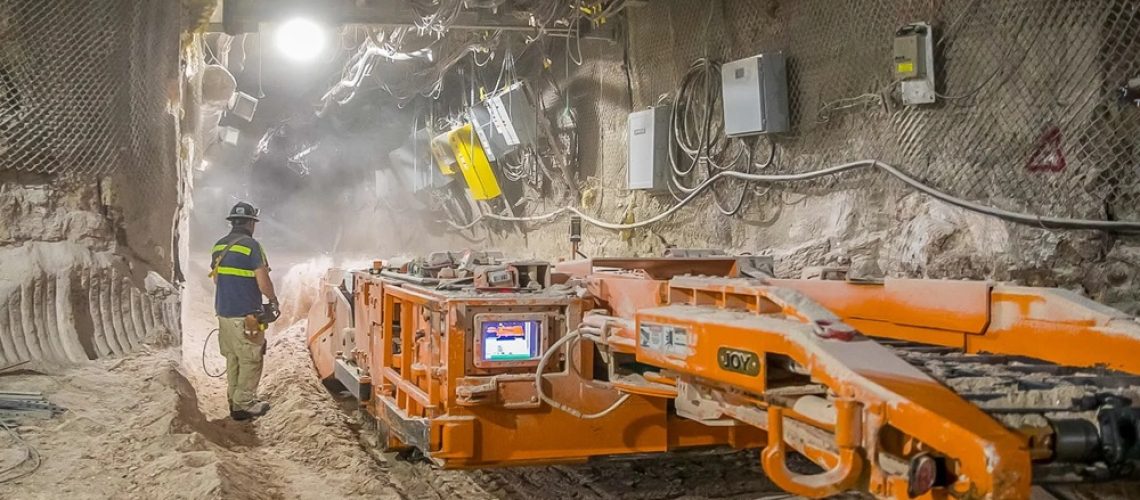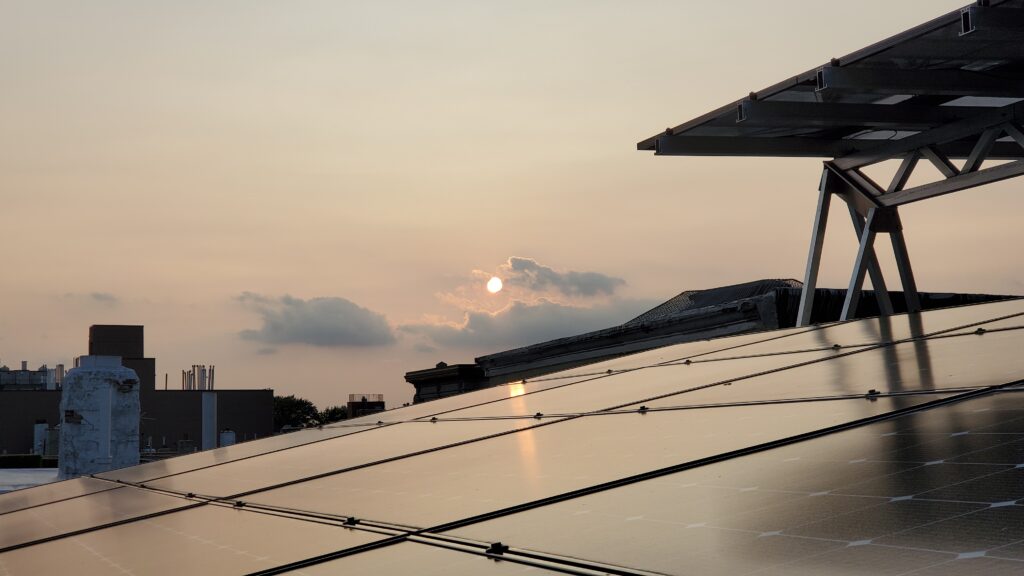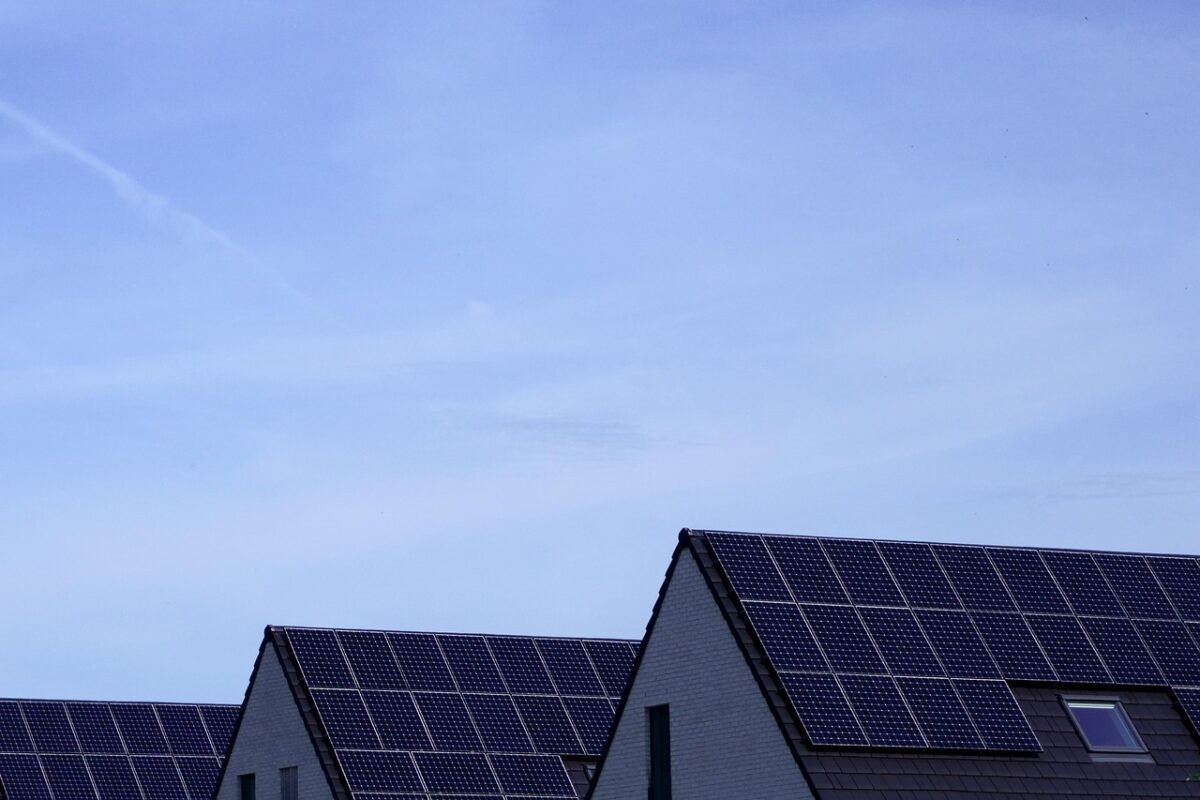Hecate Energy is working on a 1 GW solar facility at Hanford, a former nuclear weapon manufacturing site, while NextEra is negotiating to build solar at a nuclear storage facility in New Mexico. Both companies aim to develop solar projects on government lands that were formerly and are still used for nuclear weapons and energy infrastructure.
The U.S. Department of Energy (DOE) announced that NextEra would enter into negotiations with the department to lease property at the Waste Isolation Pilot Plant (WIPP) to construct, at minimum, a 150 MWac solar and 100 MW energy storage storage facility. The project, located 26 miles southeast of Carlsbad, New Mexico, is the second publicly announced federal government development as part of the Cleanup to Clean Energy initiative.
The WIPP is situated on a 50-square-mile site. The DOE has provided NextEra with guidance on where to place the solar power plant within the site, coordinating with various federal security agencies.
Few additional details describing the solar power and energy storage project were released, understandably so, given the national security sensitivities of the location. However, documents do hint at the complexity of managing the facility, citing land management requirements that include coordinating efforts between the DOE, a Joint Powers Agreement, the U.S. Department of the Interior’s Bureau of Land Management, and various nuclear and security-focused federal groups.
A company like NextEra is particularly suited for this type of site, as it owns and operates multiple nuclear facilities across the country and likely employs many individuals with the necessary security clearances.
In July, the DOE entered into similar negotiations with Hecate Energy to construct a 1 GW solar power plant, along with an undisclosed amount of energy storage, at the Hanford Site in Washington. Hanford also hosts a nuclear facility, the 1.23 GW Columbia Generating Station, which has been operational since August 1, 1972.
The solar facility is being considered for the green areas on the map below, with a potential interconnection at the Ache Substation. The area totals 8,000 acres.
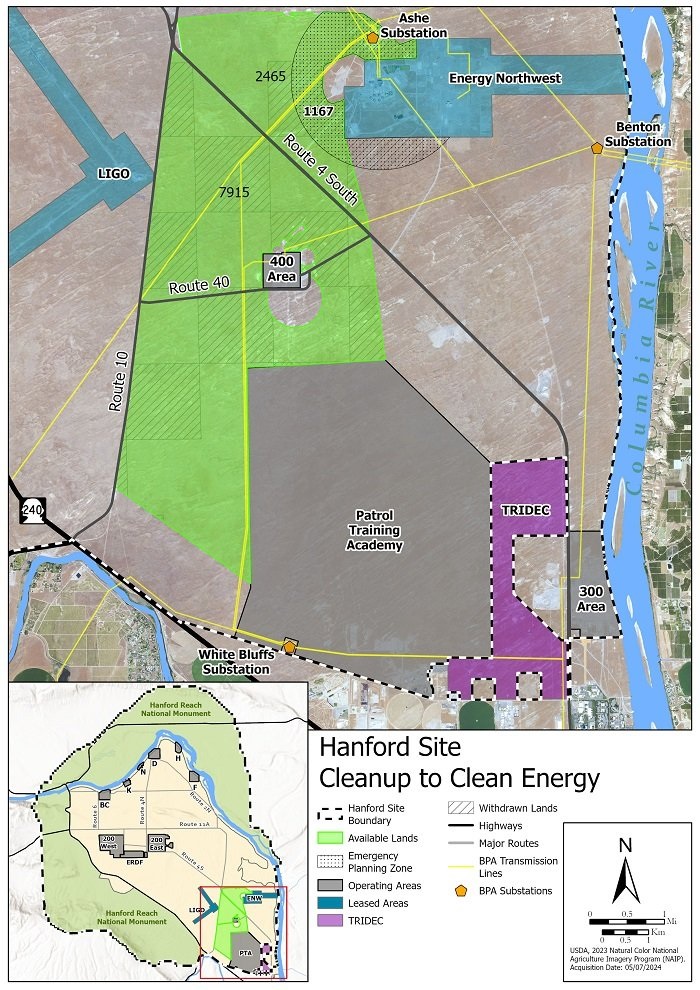
The Hanford site was established during World War II as a nuclear weapons production facility. It produced plutonium for decades and now hosts an ongoing cleanup effort. The 560-square-mile site is half the size of Rhode Island and is located in a semi-arid, desert-like region east of the Rocky Mountains in Washington.
WIPP is the nation’s only repository for transuranic materials generated by atomic defense activities, according to the DOE. The site is described as a “deep geological repository licensed to store radioactive waste for 10,000 years” within a 250-million-year-old salt bed, deliberately located far from population centers. The waste is stored 2,150 feet below the surface, within the salt bed, which is about 2,000 feet thick.
In total, the DOE has identified 70,000 acres of land for potential development at five initial sites: Hanford, WIPP, the Idaho National Laboratory in Idaho Falls, Idaho, the Nevada National Security Site in Nye County, Nevada, and the Savannah River Site in Aiken, South Carolina.
Popular content
